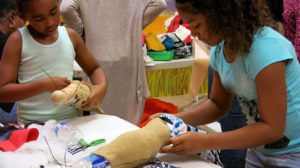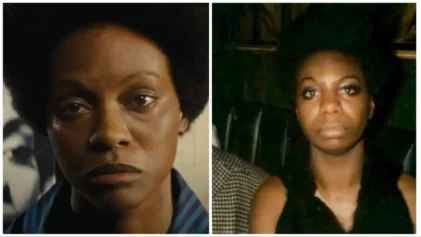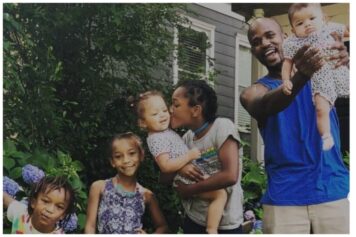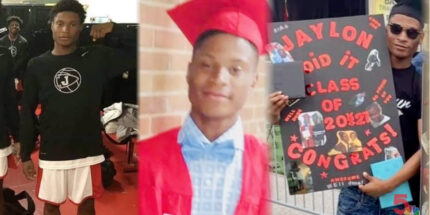Miniature versions of iconic Black jazz stars and comic superheroes have been gathered together at the William Grant Still Arts Center in the West Adams neighborhood in Los Angeles as part of a special doll show that hopes to inspire young Black girls from across the world.
The Black Doll Show has been going on for more than three decades at the center, showcasing a variety of diverse dolls every year.
The themes for the shows always get more exciting as the years go by; this year’s theme was no exception to the rule.
All of the colored dolls that filled the center joined together as the heroic force behind A League Supreme: Jazz Superheroes.
The exhibit’s curator, Keisha Davis, told NPR that there are 75 pieces on display and each of them are different “jazz superheroes” on a mission to “transcend injustice happening in Wakanda.”
Wakanda is the fictional African nation that is home to Marvel’s Black Panther, who is also on display at the center.
Joining the Black Panther is an Alice Coltrane doll with a superpower twist.
The doll of the jazz pianist, composer and harpist dons a cape and can be seen hanging from the ceiling to give the illusion that she is flying.
“She has a cape…[so] we thought it would be great to have her suspending from the ceiling,” Davis told NPR. “I love her up there.”
Of course, no jazz super league would be complete without Nina Simone, Dizzy Gillespie, Billie Holiday, Lena Horne and Cab Calloway.
The versions of these dolls are more literal takes on musical stars but Davis explained that that’s the beauty of claiming them as superheroes—it’s an acknowledgment that even without flight or superhuman abilities, these stars were heroes of their time.
“They don’t have capes or adornments or anything, but the idea is to use their talents as superhero powers,” Davis said.
Perhaps the only power greater than their musical abilities is their ability to help young women of color feel empowered and beautiful.
Davis explained that walking through a room of diverse dolls is an experience that most Black girls don’t get to have anywhere else and that alone is a powerful moment.
“When are you gonna have the opportunity to walk into a world where you have characters and superheroes that are of color and that little kids are gonna be able to resonate with and feel empowered about?” she said. “You’re not gonna find this at Target.”
That opportunity to see dolls that look like them could be essential to the way a young Black girl develops and forms her own cultural identity, as proven by the classic psychology “Doll Test” from the 1940s.
The test presented young children with a Black and white doll and discovered that children were more likely to assign negative qualities to the Black doll and positive ones to the white doll.
That same test inspired Cecil Fergerson to launch the exhibit in the 1980s.
“It wasn’t just about education, or formal education, but about the education that we receive from our environment on a day-to-day basis,” Ami Motevalli, the director of the William Grant Still Arts Center, told NPR.
Motevalli said Fergerson called on many artists to create a doll for the exhibit.
More than 30 years later, artists and collectors are donating pieces to the Black Doll Show and doll makers are even helping the young ladies craft their own dolls.
It’s those kinds of hands on moments that Davis says matters the most.
“One of the girls…she was wearing a cape at the opening of the entire night, and the next day the mom contacted me and let me know that she was so inspired she was making dolls and drawing dolls and giving all the girls African names as superheroes,” she said. “That was really touching and that was one of those moments where you’re like, ‘OK, this works.’ “
The exhibit will continue running until February 14.




